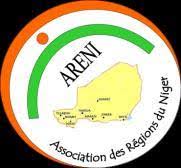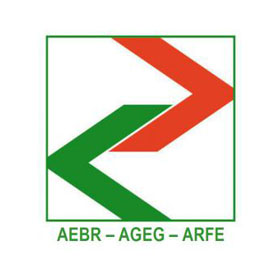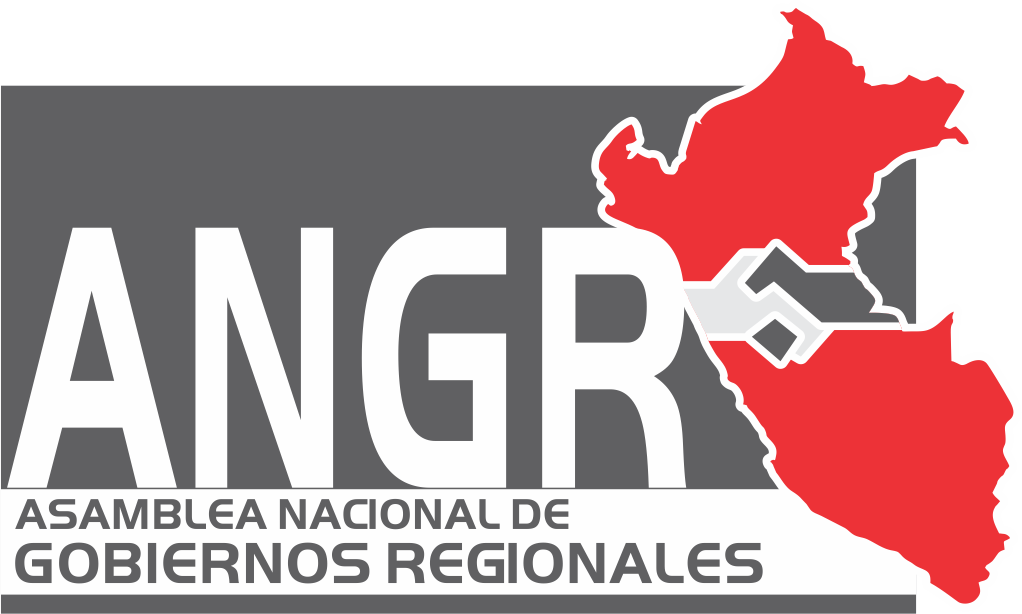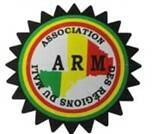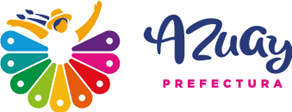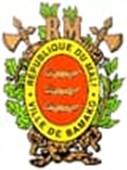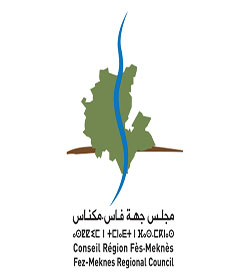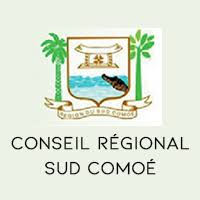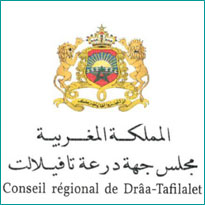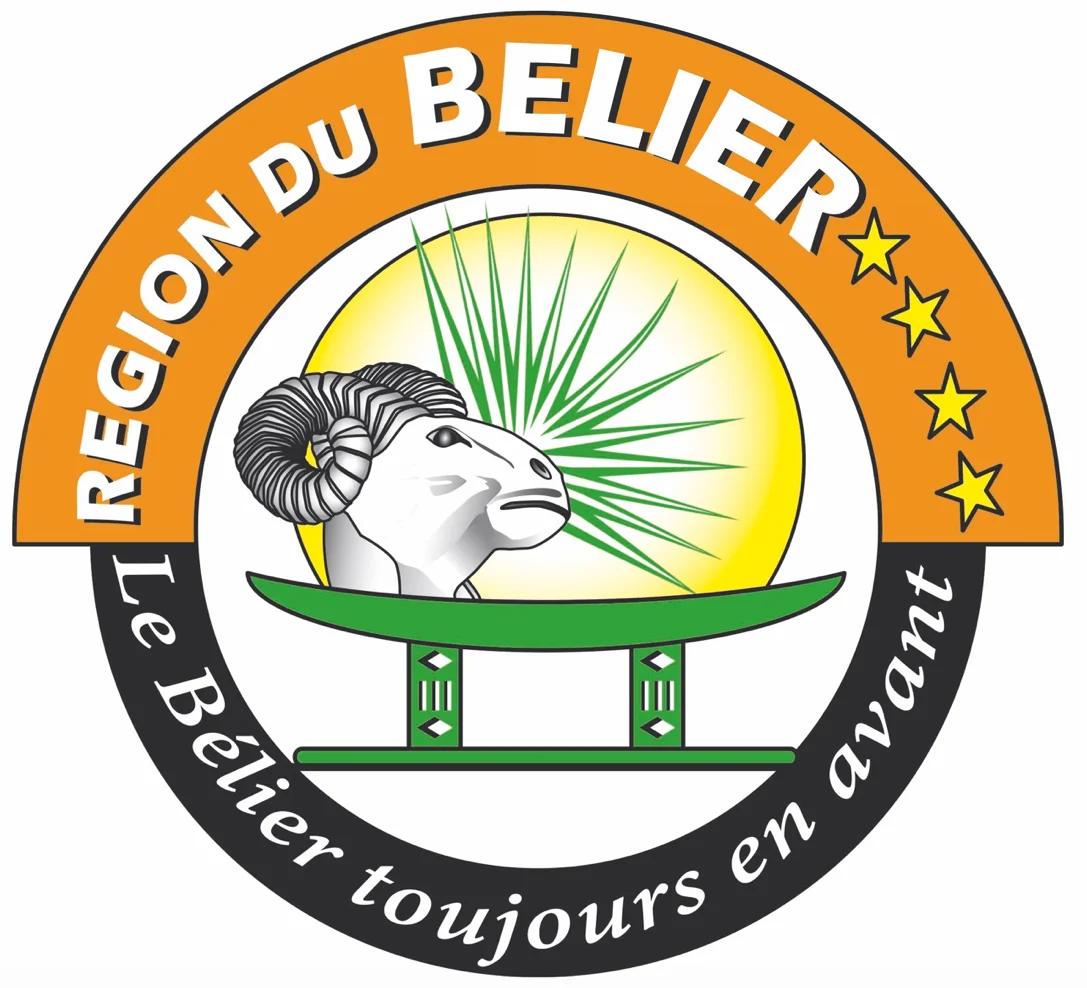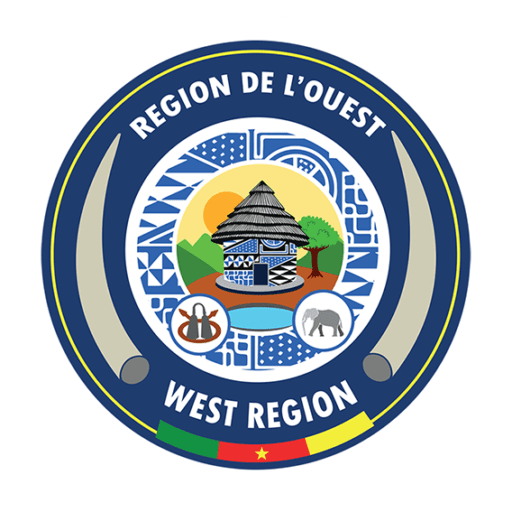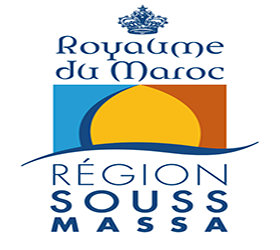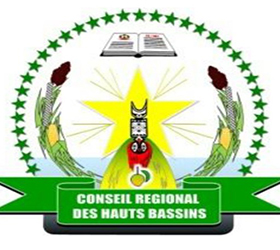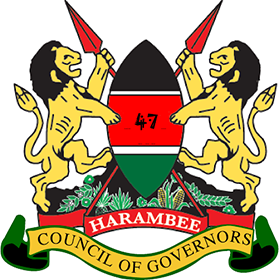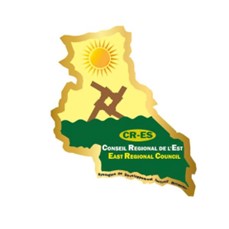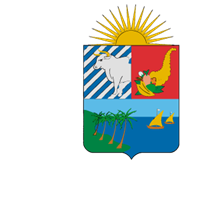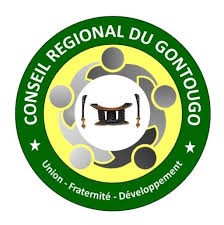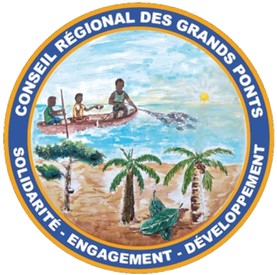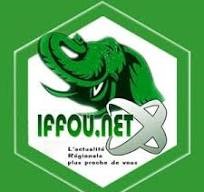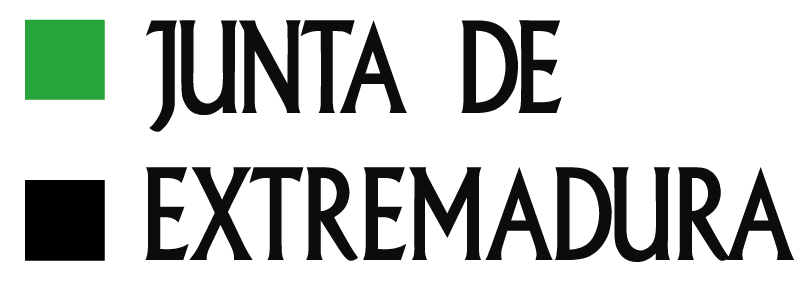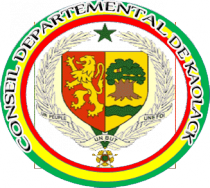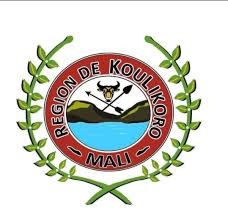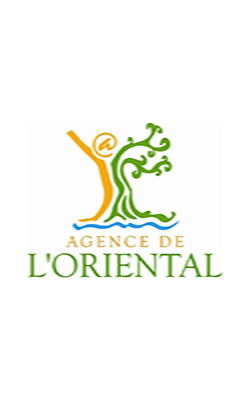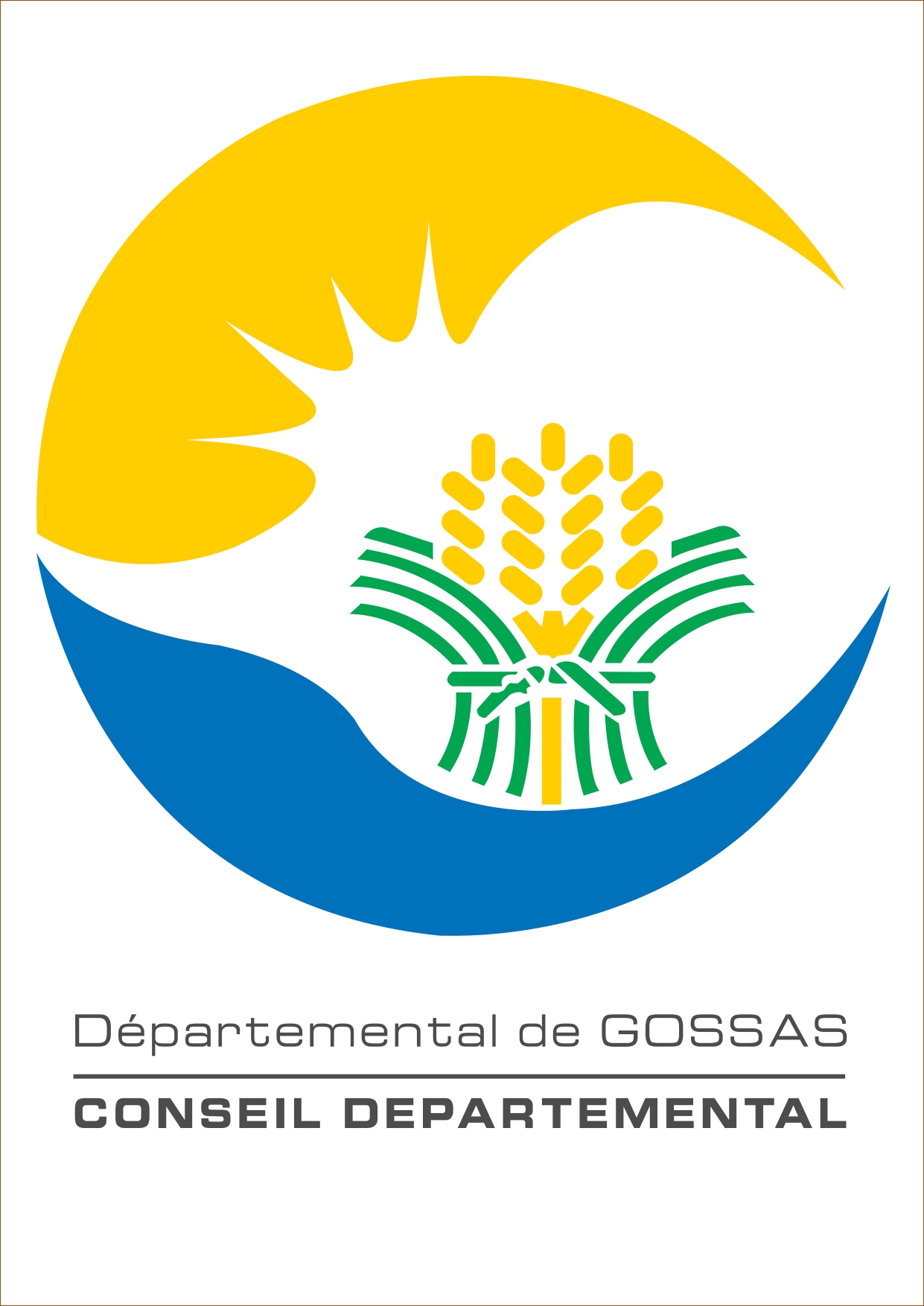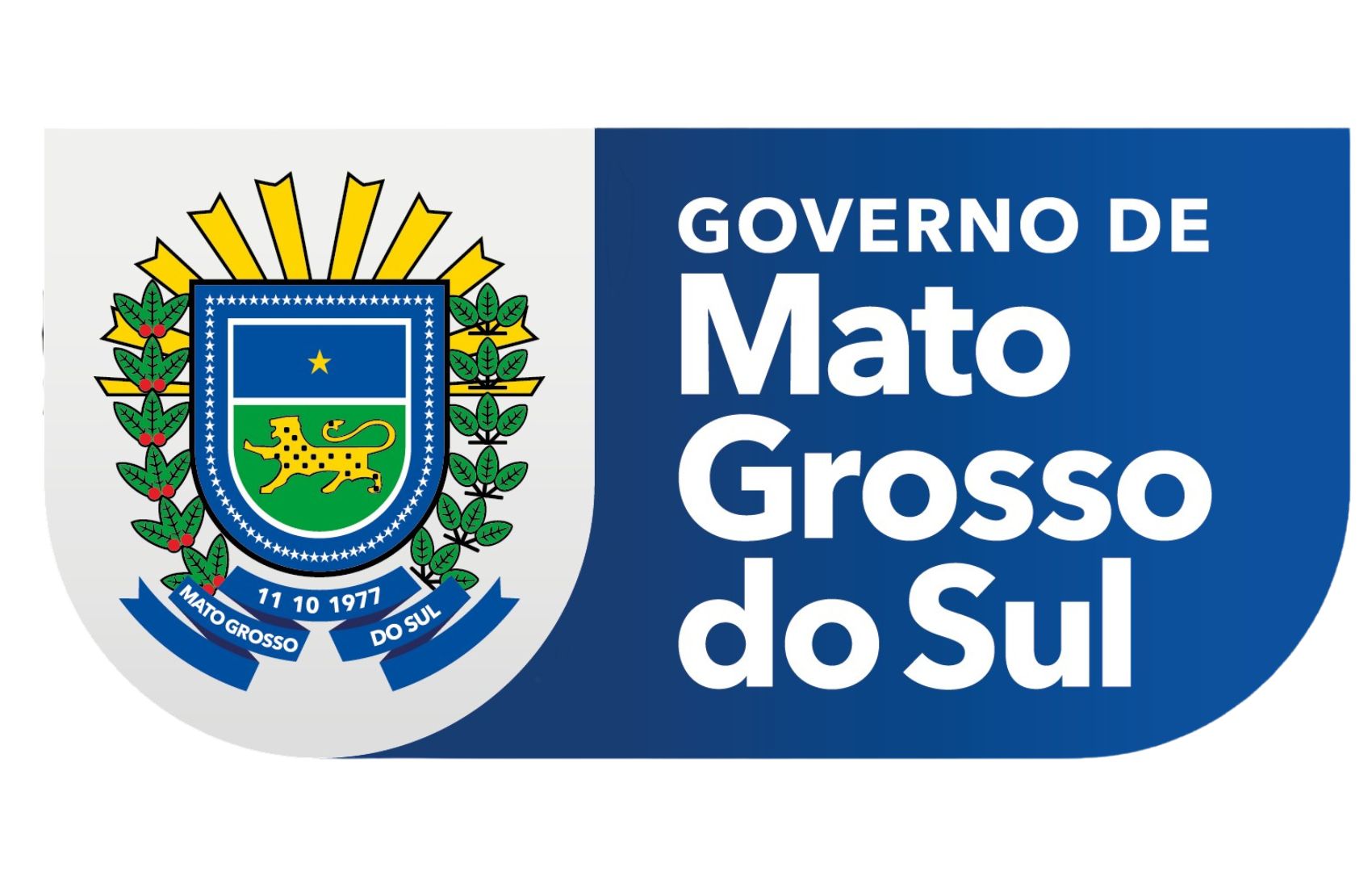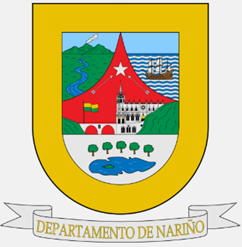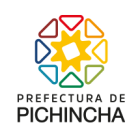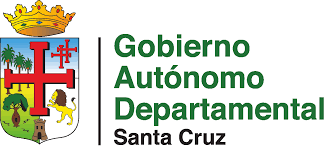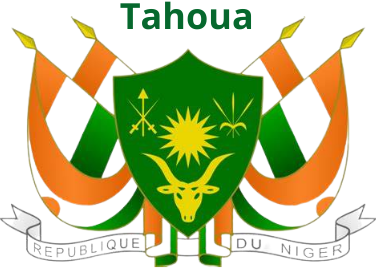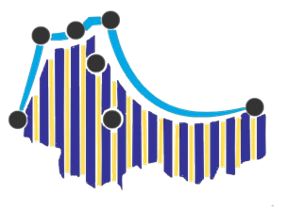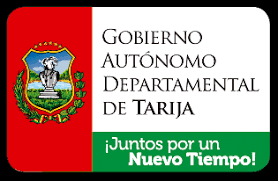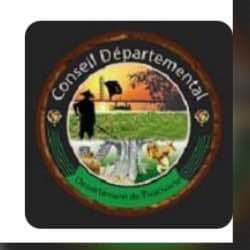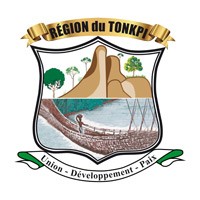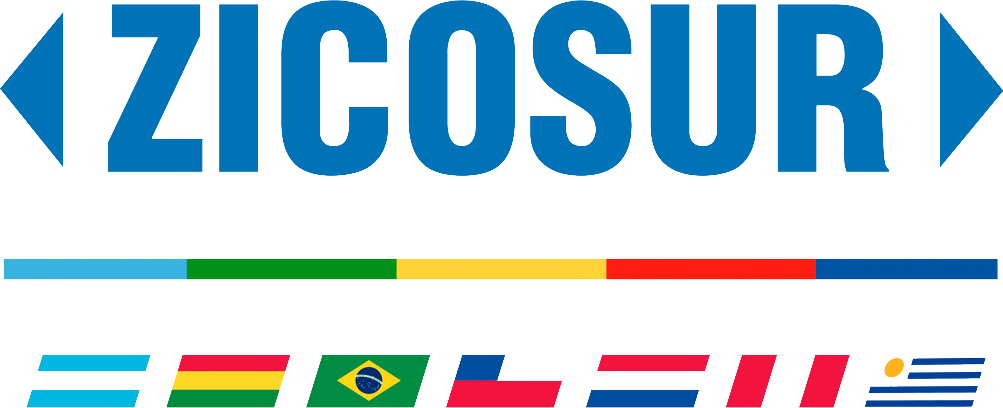COVID19 and mobility
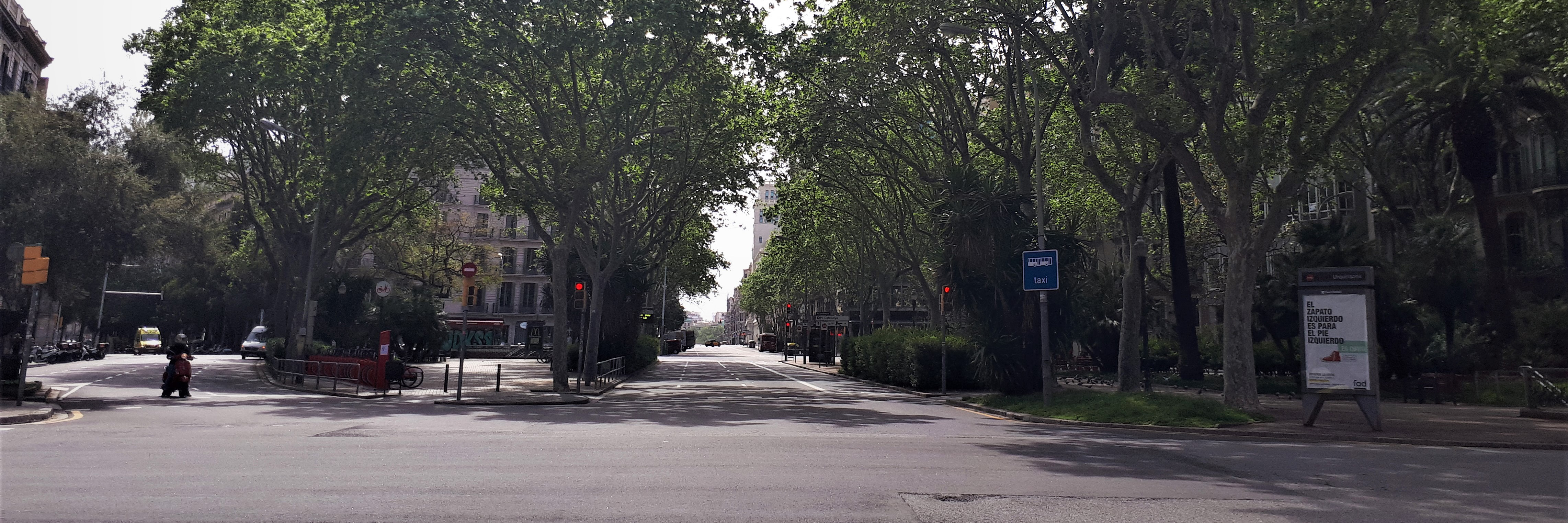
Francesc X. Ventura i Teixidor
Architect
What an interesting and intriguing situation: To write about "rethinking streets" during this time of confinement, without being able to go out and walk on the streets.
To reflect on uses and activities in the public space and to where new forms of social or economic relations are leading us, when almost "the whole of Society is staying at home" and radically changing its habits of life, simply to "survive".
Mobility is changing at the same speed as we are evolving to maintain "civility" in our cities.
One word insistently resonates in my head these days: "Non-Mobility." We are beginning to talk about the "individual and collective right to "Non-Mobility", as opposed to the right to Mobility, to have the conditions to carry out vital, personal and community projects, thanks to the ability to organise and carry out trips, in safety, at reasonable costs of time, energy and money.
We try to define this concept without judging it, even if it is the antithesis of "socialisation", which makes us human beings, with a will and a need to share: "The public authorities must also respect the wishes and needs of those who do not want to move.” Suddenly, the pieces in the puzzle have changed radically in their position. Today, in order to defend the survival of the Community, they must guarantee the "confinement" of individuals in their respective homes. Because only then, perhaps, will we be able to isolate the COVID19 virus and reduce the effects of its spread.
In this context, we have suddenly naturally "discovered", as a community, issues that were still far removed from our usual commuting habits.
Teleworking, e-commerce, monitoring trips on public roads, traffic segmentation, or the power of "large travel generating centres."
In relation to public transport, a decrease of trips in the range of 80/90% and 60/70% in traffic as a whole.
We have also seen a reduction in air pollution, simply because cars have stopped running. "Fewer vehicles, less pollution."
Based on these findings, we may already be learning from the great "travel laboratory" created by COVID19, about solutions for our future mobility.
Some ideas with regards to this.
Use of time. We were used to "dimensioning" mobility with a "spatial" view. The time variable was only used to forecast departure times and journey times or to assess congestion risks. “Time,” as a factor in planning and programming mobility (and activities that generate mobility) was little considered.
Now it is essential. We have been left with no "time to move" and we have to make up for this lack of time with strict planning of the trip. I hope this traumatic learning has come to stay. Time, once the confinement phase is over, to "fulfil" ourselves, making better use of the time wasted on useless and superfluous journeys!
The time we "gain" is also time to reduce emissions of particles and greenhouse gases and time where we save fuel. Will we be able to keep up this optimising criterion for going out when the prohibitions disappear?
Vehicles, road space and parking We have discovered, as if an immense Low Emission Zone (LEZ) had been applied, that hardly any other vehicles circulate other than those for distribution, essential services and public transport. Where are the cars and motorcycles? Not even on the pavements! Whoever has a parking space has their vehicle tucked away.
Today the car is a "non-depreciable" cost, which will provoke future reflections on vehicle fleet management. When we have overcome the pandemic, the whole of society will demand another, more equitable, rational policy for private car ownership in the urban environment.
Car-sharing. A renewed effort will be required to regain "confidence" in its use: car-sharing, bicycles or scooters. The risk of "contaminating oneself" will be present and it will not be easy to convince people of the supposed advantages of sharing a car with those who may not be as careful in their hygiene.
Self-containment and proximity. We have learned to appreciate the existence of local shops in our neighbourhood: the pharmacy, bakery, kiosk, or the store that supplies us with indispensable products. When we have been able to go out, walking to the shops has been a real pleasure. Let's not forget that these activities will only last if they are profitable, and this requires a “pact to balance out benefits and loyalty”, with effective protection from the Administration towards these real city facilities. An "urban asset" that must not disappear.
Planned shopping. Organising shopping and taking advantage of the trip to carry out other activities (walking the dog, putting out household waste or exercising) is compatible. When we go shopping, we should know where we're going. Again, energy savings and available time! and reducing compulsive consumption.
COVID19 is giving a strong boost to online shopping and home delivery. Users appreciate the value (and associated cost) of not leaving home to obtain what is needed (not only goods, but services).
Paper money and cash has practically disappeared. A habit, accentuated these weeks, by replacing money with telematic transactions, using a mobile phone or credit card. This has affected any transaction, including the use of transport cards (T-mobility is missed in Barcelona!). Being able to pay for or cancel things without physical contact or return change means security against possible infection. Money, the face value of a coin, will have disappeared in half the world in a few weeks.
Occupational self-containment. Who can get to work fairly easily these days? The person who has their workplace close to their home. On the other hand, in what position did we place the workplace when we were studying job offers a few months ago? Another deep transformational factor. What will the employer also value, when hiring his employees? Perhaps be able to better ensure reliable accessibility to the workplace.
“Teleworking” The work panacea discovered thanks to COVID19. It turns out that a lot of activities can be done "normally" from home. It is a pity we have had to endure this scourge in order to make the sectors concerned aware of the possibility.
Now it's a matter of knowing how to "manage" it. Because the implications, if we can achieve that the model takes hold, can be immense, also in terms of mobility.
It will mean a significant reduction in the "stable consumption of physical space" for professional activities that do not require a "presence", which can be used for other business initiatives, so that the market for offices and premises may therefore be greatly affected.
The same can be said of the supply of services that are complementary to these activities (car parks, public transport networks, daily purchases, etc.) and with the "utilities" linked to the dominant activities (IT, courier services, reprographics, etc.).
A whole world of services will have to readjust (not disappear, just mutate and continue to offer creation of value) to be able to move in a different way (origins and destinations will vary and so will the travel chains).
The conditions of labour mobility, for the teleworkers collective, will suppose a radical change with respect to parameters normally used in demand studies. We will generate a segment of labour mobility that is more random and whose behaviour will be more difficult to predict, until "good practices" are established.
The planning of mobility services will undoubtedly be affected by these changes, adopted to try to beat the pandemic, with the least possible number of people affected.
Years of studying the effects that activities in an urban environment produced on mobility, and how the form and function of urban space condition certain models of mobility; they have been shaken by the appearance of new variables, new possibilities and new needs, which we will have to analyse once this critical phase has been overcome, in order to evaluate the positive aspects that the COVID19 experience can bring us.
© All rights reserved ORU. Barcelona 2025




